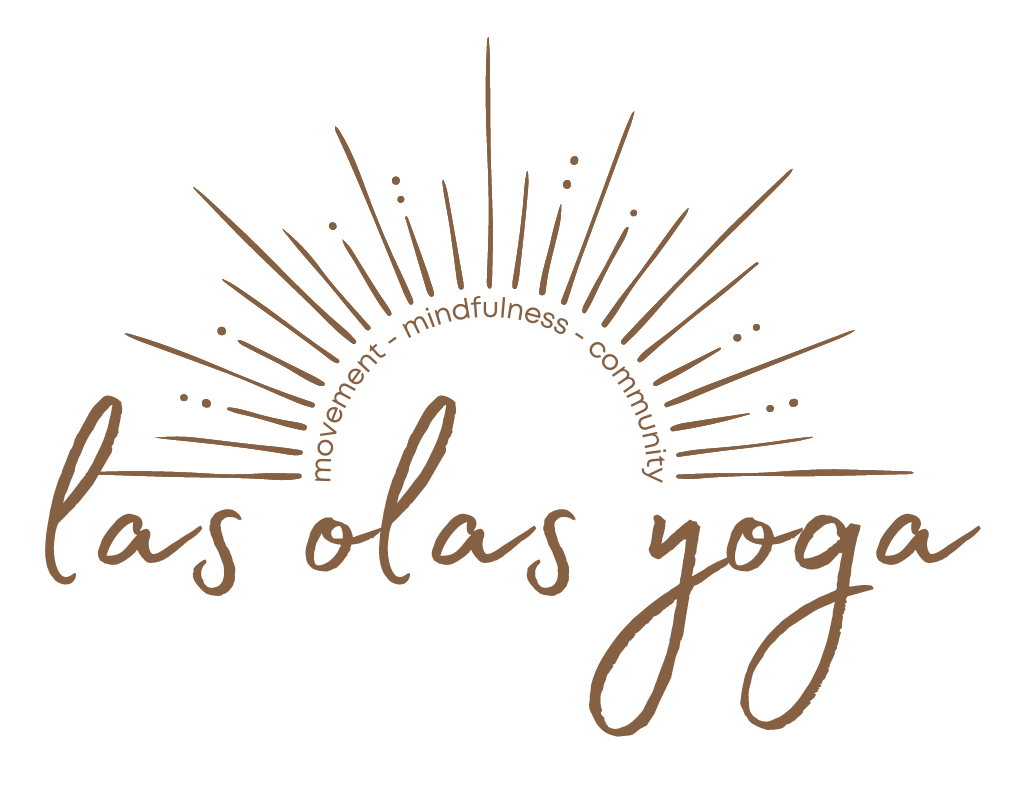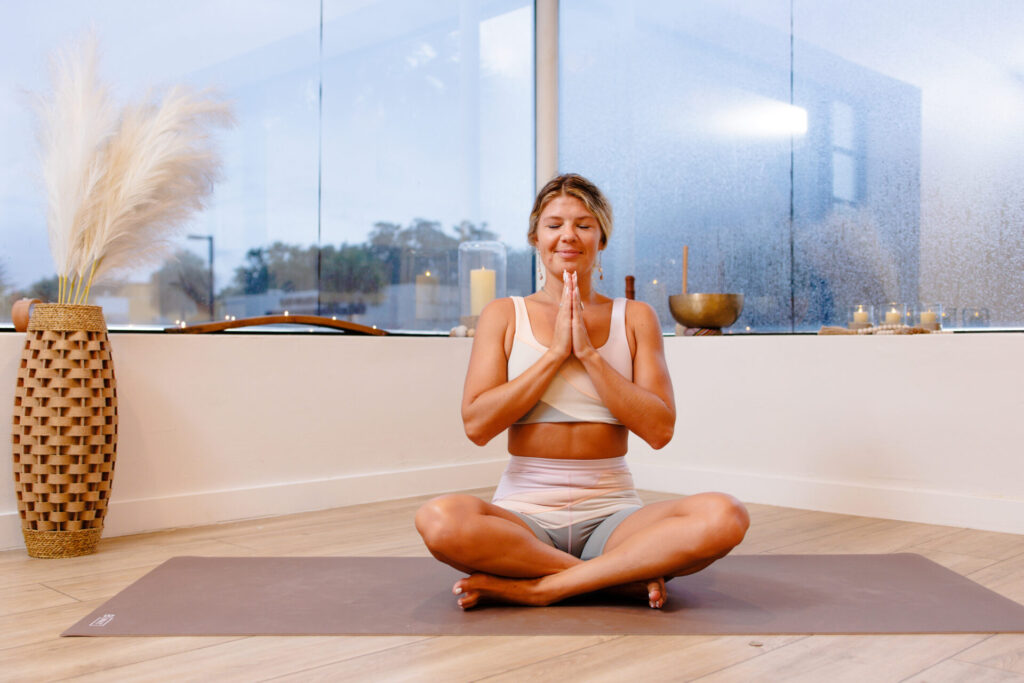So often, we hear people speak of this concept of ‘meditation’. Countless publications tout the myriad benefits of meditation. Experts from a variety of fields, ranging from yoga philosophy to neuroscience, claim that meditation can lead to states of mental bliss, enhanced cognition, and emotion regulation, just to name a few mental health benefits. Meditation has even been shown to have physiological benefits. However, the concept of meditation can be so mysterious and nebulous to those who have never tried it. Such misunderstanding of meditation can dissuade people from ever even beginning. In addition to all the benefits meditation can bring to a person, it is so important to shed light on the various types of meditation and show just how accessible it can be. Anyone, regardless of gender, level of contemplative experience, spirituality, or religious affiliation, can practice meditation. Here, we discuss meditation in greater detail.
What is Meditation?
There is often a misconception about meditation that turns people off to the practice before even beginning. People often say things like “I don’t have time to meditate” or “I can’t turn my thoughts off”. Meditation may also be challenging for people who experience discomfort or anxiety in stillness (which, by the way, is most of us modern day humans). Because of this, it’s important to dispel the myth that, if you can’t sit still on a floor cushion in solitary meditation for a prolonged period of time (think of a Buddhist monk in a cave for months on end), you can’t meditate. This simply isn’t the case. The myth of sudden and immediate enlightenment in meditation should also be dispelled. While meditation can certainly lead to mental clarity and states of enlightenment, it doesn’t necessarily happen automatically. Like physical exercise, for meditation to be effective, it requires a consistent and deliberate practice. Also, like physical exercise, the challenge in meditation is a necessary component of the practice. Like Theodore Roosevelt once said, “nothing worth having comes easy”. This is also true in meditation.
Now that we’ve covered the fact that meditation is a process that requires you to ‘show up’ time and time again, you still may be wondering what meditation actually is. Meditation is highly experiential and, therefore, it is difficult to define in words. However, it can be defined somewhat broadly in this way: Stated simply, meditation is a practice that involves an orienting of the mind in a particular way. Meditation has been used throughout the ages and all over the world to accomplish enhanced and enlightened mental states. There are many forms of meditation and meditation can be practiced in a variety of ways; so many that this article is nowhere near exhaustive in listing all forms and practices of meditation. Some forms of meditation, such as Samatha, are more calming in nature and promote the use of a singular pointed type of focus to nurture a sense of calm. Sometimes meditation can be focused on something external, such as a mandala, or internal, such as the breath. Meditation can involve the use of verbal repetition of some sort, such as in mantra meditation. Loving kindness meditation, which involves focusing your energy on cultivating a sense of compassion for yourself and for others, can be very effective in letting go of negative emotions. Meditation can also be more gradual and contemplative, such as in Vipassana meditation, where the meditator uses concentration to peel away the layers of illusion that may prevent someone from living life fully in the present moment. In addition to all the various styles of meditation we just listed, meditation can also be guided or unguided. In a guided meditation, a teacher, either in person or virtually, will guide you through a particular process. Quite often, the process involves a recognition of how the mind works during meditation, an acknowledgment of the thoughts that arise, an acceptance of the transient nature of thoughts, learning how to detach from those thoughts, and, eventually, engendering an ability to transfer those skills into everyday life. Over time and with practice, such guidance can help you to create your own practice that is self-initiated, or unguided.
Meditation is Both Challenging and Rewarding
If after reading about the different types of meditation, you are feeling even more lost and anxious, you are certainly not alone. Humans are hardwired to regularly engage in worrisome thoughts. The human brain evolved in such a way that encourages us to focus on negative emotions and thoughts. Back in the day of our hunter/gatherer ancestors, focusing on negative emotions and thoughts held more weight in terms of contributing to our survival than focusing on positive emotions and thoughts. In other words, humans were more likely to survive if they were more attuned to their fears of encountering, say, a venomous snake, than to their more positive mental inclinations. Luckily, we humans no longer need to rely on our worrisome thoughts. In fact, now that we have progressed as a human species, such thoughts have the potential to hinder human performance. On the contrary, meditation and mindfulness are often accompanied by states of flow, which can significantly improve your performance. Meditation has also been shown to improve cognition, promote positive emotions, slow down the process of aging in the brain, reverse symptoms of post-traumatic stress disorder (PTSD), help with anxiety, and so many other brain related ailments. This is because meditation literally changes the neurochemistry and structure of your brain over time. So, while meditation can be challenging, it can also be exceptionally helpful in clearing the mind of worry and in alleviating all the mental health issues that humans are subject to. This all sounds great, doesn’t it? However, we still must reckon with the fact that meditation takes consistent practice and time. For many of us, time is a precious resource that is considerably limited. This is where yoga comes into play.
Yoga and Meditation
If you’ve ever found yourself plopping down onto a floor cushion after a hectic day, forcing yourself to quiet your mind (in an attempt to ‘meditate’), you may find it to be incredibly challenging; so challenging that you decide to give up before you even start. You wouldn’t be the first person to experience such difficulty and you certainly won’t be the last. As we have already discussed, simply quieting your mind can be exceptionally difficult. Doing so without warming up to it can be even more arduous. It turns out, this uniquely human problem, which was once helpful, isn’t new. In fact, the original yogis from India recognized this. It was understood that both the body and the mind had to be sufficiently primed before meditation could even begin. This understanding led to the birth of yoga. Yoga was created as a practice that would prepare the mind and body for seated meditation. The Hatha Yoga Pradipika, which was the first yoga manual written in the 15th century, lists Padmasana (lotus pose) as the very first yoga pose. Practicing this posture would allow meditators to sit comfortably for long periods of time without having to deal with the mental burden of discomfort. The Yoga Sutras of Patanjali, which is a cornerstone text in the practice of yoga, describes eight limbs of yoga; all of which are necessary in accessing samadhi, or bliss. It is said that once a practitioner reaches samadhi, they are able to transcend the Self, or ego. This is precisely what practitioners of meditation hope to accomplish. The eight limbs of yoga are described as limbs of a tree. As we mature and grow in our yoga practice, the tree of enlightenment will grow in due time. According to the Sutras of Patanjali, Dhyana, or meditation, is the seventh limb and can only occur once a practitioner has mastered the preceding limbs. These include Asana (physical posture), which is the third limb, Pranayama (breath control), which is the fourth limb, Pratyahara (sense withdrawal), which is the fifth limb, and Dharana (concentration), which is the sixth limb. In other words, in order to experience sense withdrawal and the ability to concentrate, which are necessary for practicing meditation, one must first practice movement and breath control. Stated another way, the practice of yoga makes meditation much more accessible. According to Patanjali, with a regular yoga practice, one can achieve all eight limbs.
Meditation doesn’t have to be this mysterious practice that is reserved only for monks. Have you ever found yourself lost in the flow of breath and movement in a yoga class? This is a form of meditation. Have you ever felt a sense of bliss while resting heavy in Savasana? This is also a form of meditation. Little moments of meditation such as these found in yoga are significant. They add up and cultivate an ability to find stillness in everyday life. After mindfully practicing yoga for a while, you may notice a shift in your mindset. You may find that you are able to sit in stillness for longer periods of time. Take advantage of your time in your yoga sessions to engender a capacity for meditative experiences. One way to do this is to really focus on linking your breath to your movement. Doing this will automatically lead to the growth of the other limbs of yoga that are necessary for meditation. As we have discussed, there are innumerable forms of meditation. If you are like most people in this fast-paced modern world, finding the time to train your mind to meditate can be challenging. Yoga is a great and practical place to begin your meditation practice!

